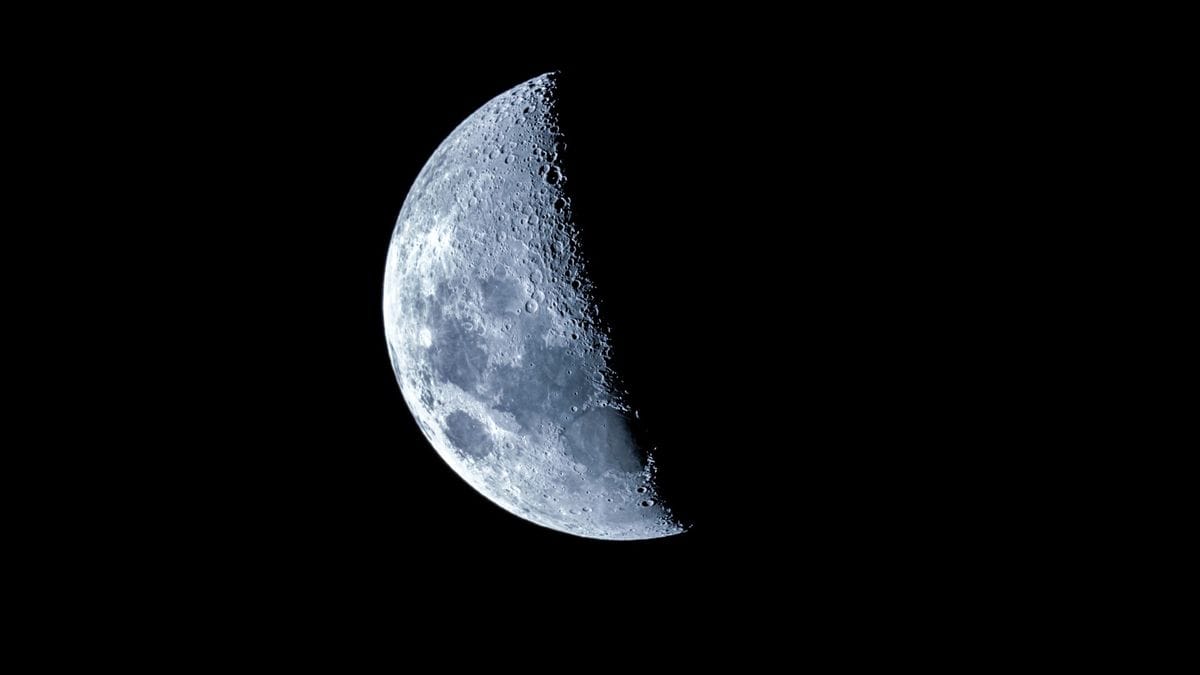
NASA hopes to come up with a way to keep track of time by placing the moon on its own supercharged clock.
As the moon has less gravity, time flows slightly faster — 58.7 microseconds each day — than it does on Earth. So on Tuesday, the White House directed NASA and other US agencies to collaborate with international agencies to develop a new moon-centric time reference system.
“An atomic clock on the moon will tick at a different rate than a clock on Earth,” said Kevin Coggins, NASA’s top communications and navigation official. “It makes sense that when you go to another body, like the moon or Mars that each one gets its own heartbeat.”
According to Coggins, everything on the moon will run on speeded-up moon time.
Moon will not observe daylight saving time
The last time NASA sent astronauts to the moon, they wore watches, but timing was not as critical as it is now, with GPS, satellites, and complicated computer and communications systems, he explained. Those microseconds are important when high-tech systems interact, he said.
Last year, the European Space Agency stated that Earth must establish a uniform time for the moon, where one day is equivalent to 29.5 Earth days.
The International Space Station, which is in low Earth orbit, will continue to utilize Coordinated Universal Time, or UTC. However, NASA must determine exactly where the new space time begins. Even Earth’s time accelerates up and slows down, necessitating leap seconds.
The moon, unlike Earth, will not observe daylight saving time, according to Coggins.
